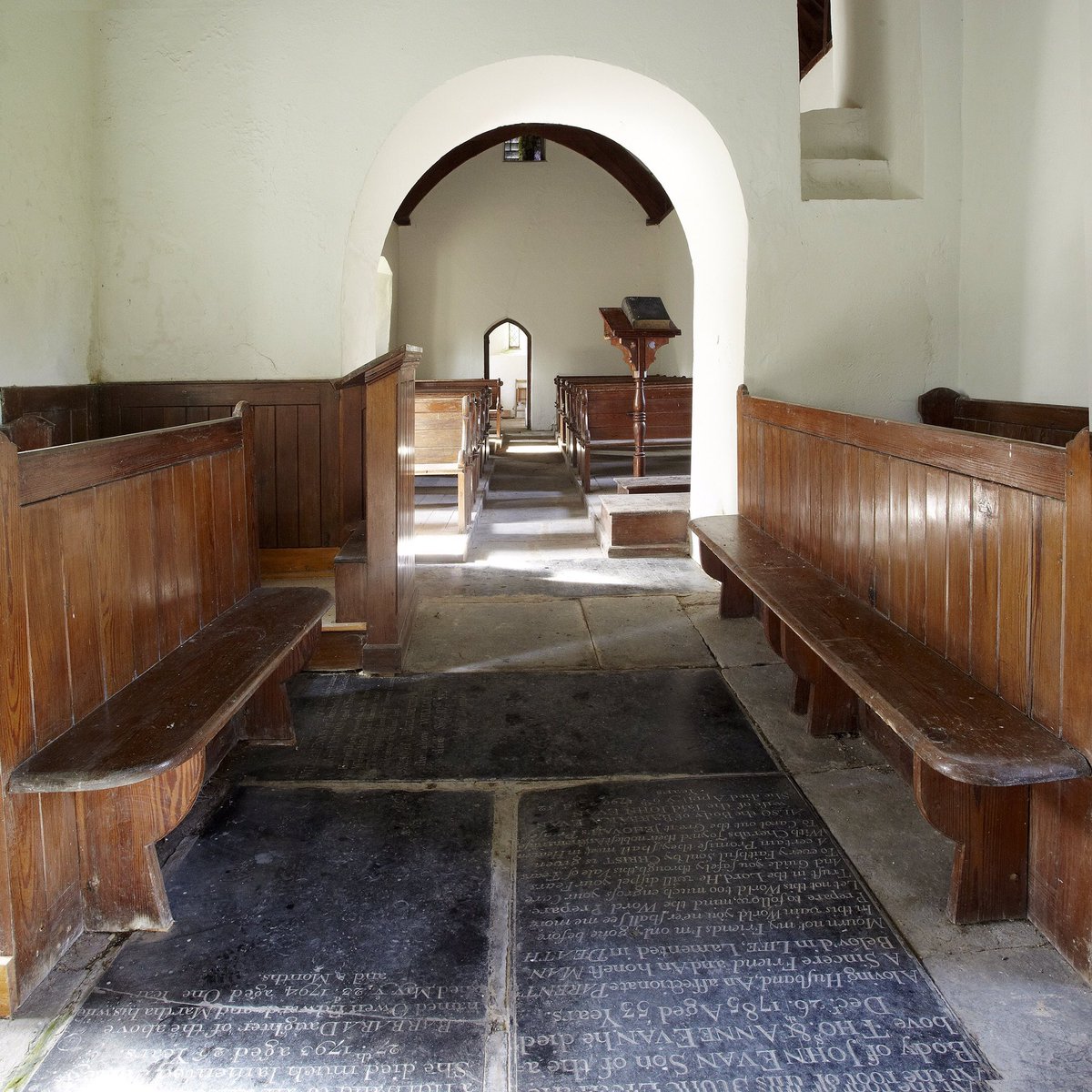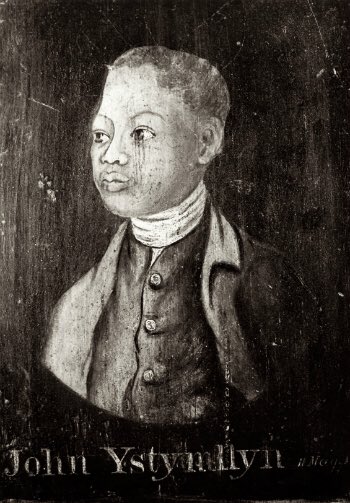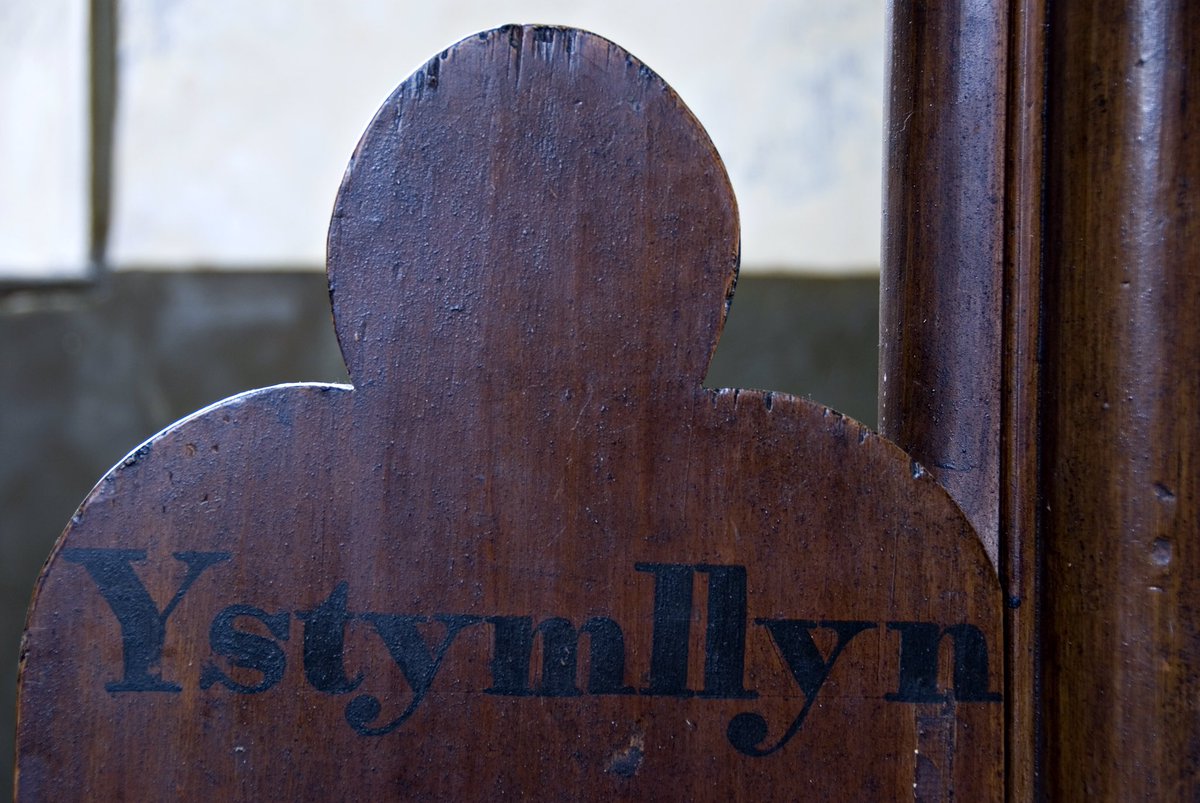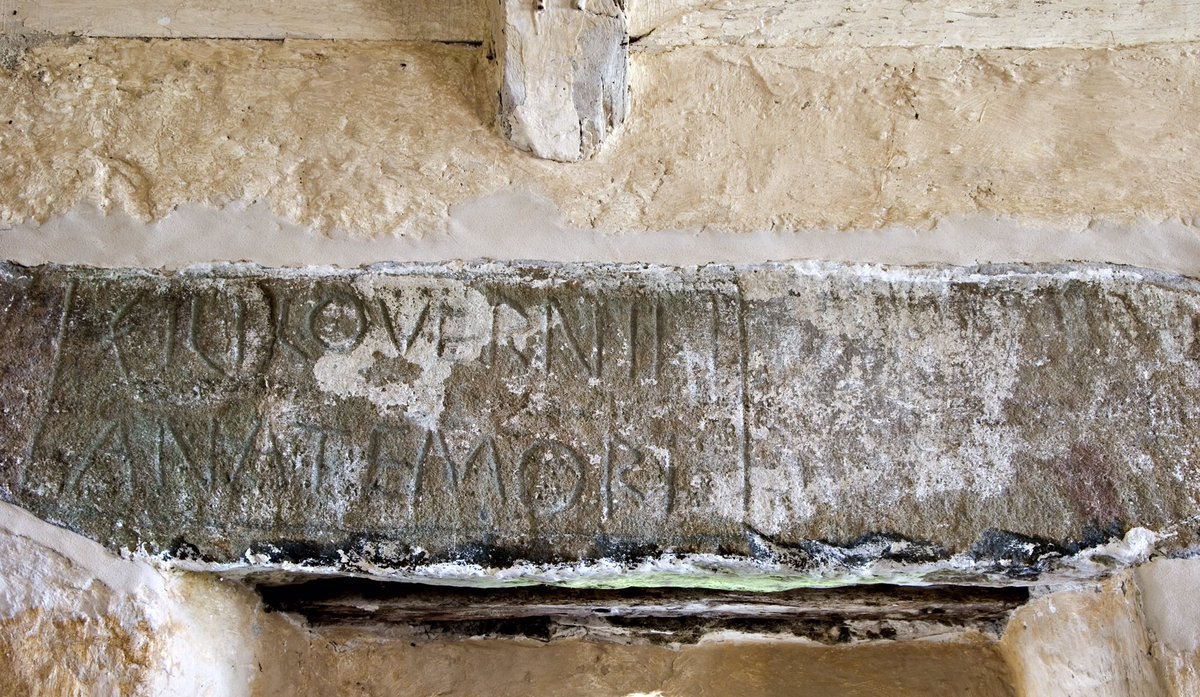
England has about 3,000 'lost' or deserted medieval villages. We have churches in a fair few of them. Like St Mary Magdalene, Caldecote: a weather-beaten majesty with embattled parapets, cinquefoil tracery and a rather regal porch.
Hinting at the grandeur within…
#thread
Hinting at the grandeur within…
#thread
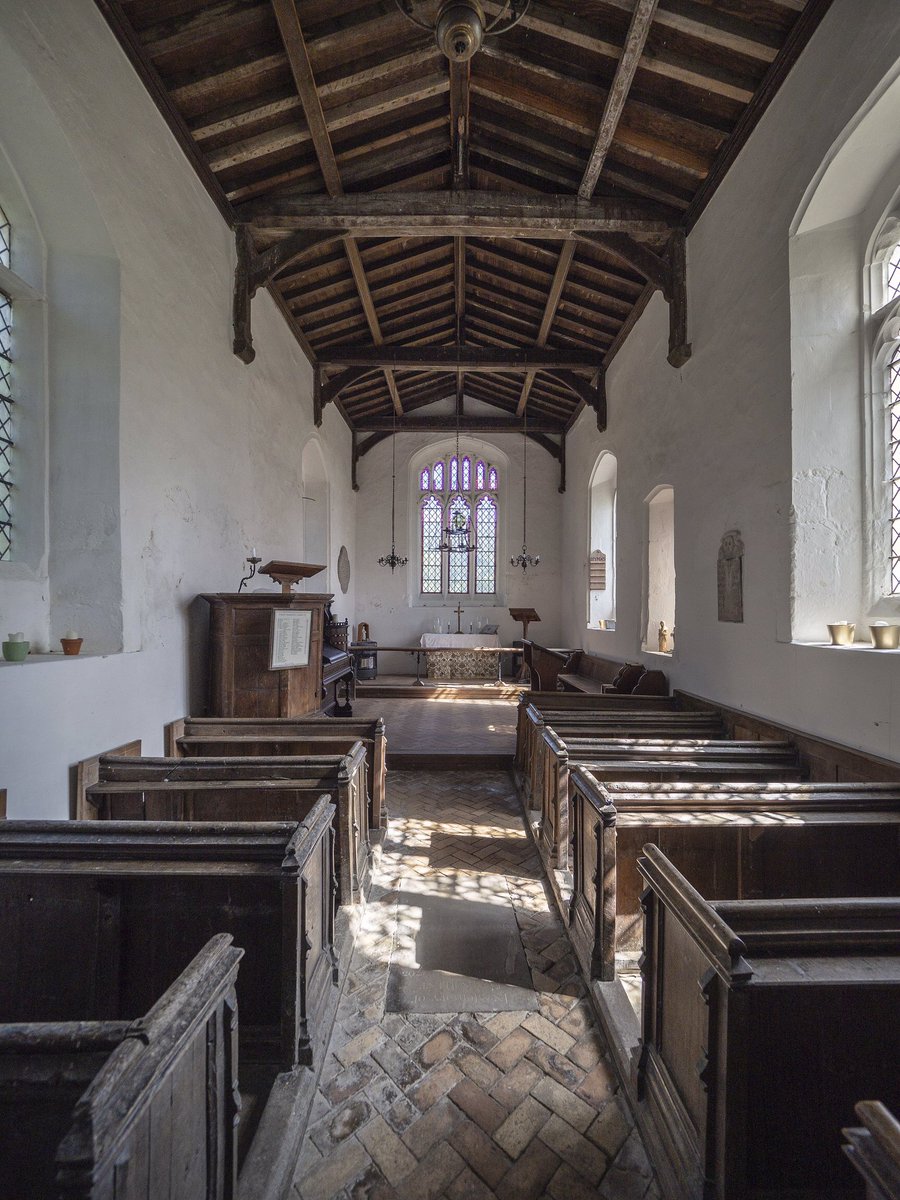
Entering through the south porch visitors are met by an extraordinary, floor-to-(almost) ceiling stoup. Dated to the 15th century, the shaft is carved with rows of quatrefoils, while acanthus clambers up the canopy. The proportions are so great, it feels very out of place.
2/7
2/7
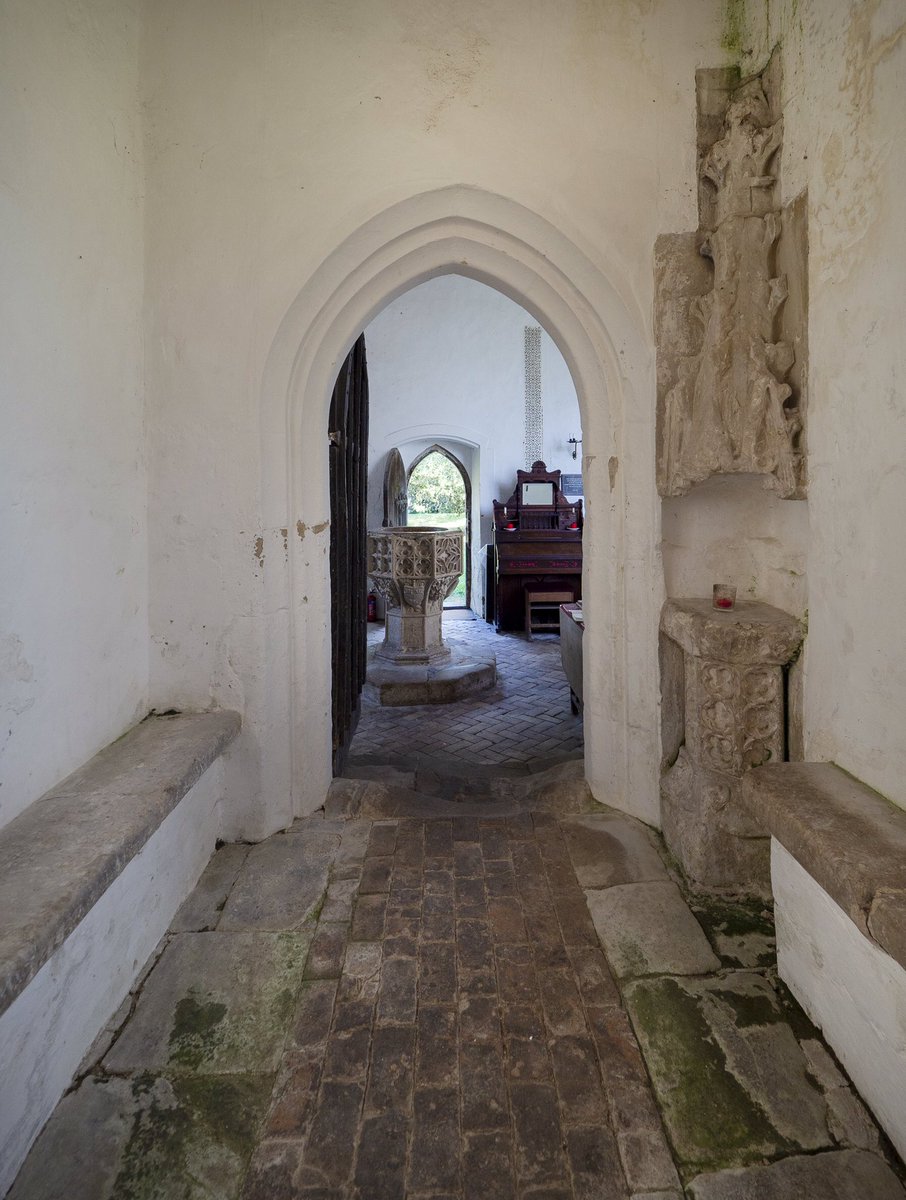
Step beyond this to see the font: an octagonal affair from the same century encrusted with cusped panels, heraldry and foliage. The simple moulded pews also date to the 1400s, as do the glittering fragments of stained glass...
3/7
3/7
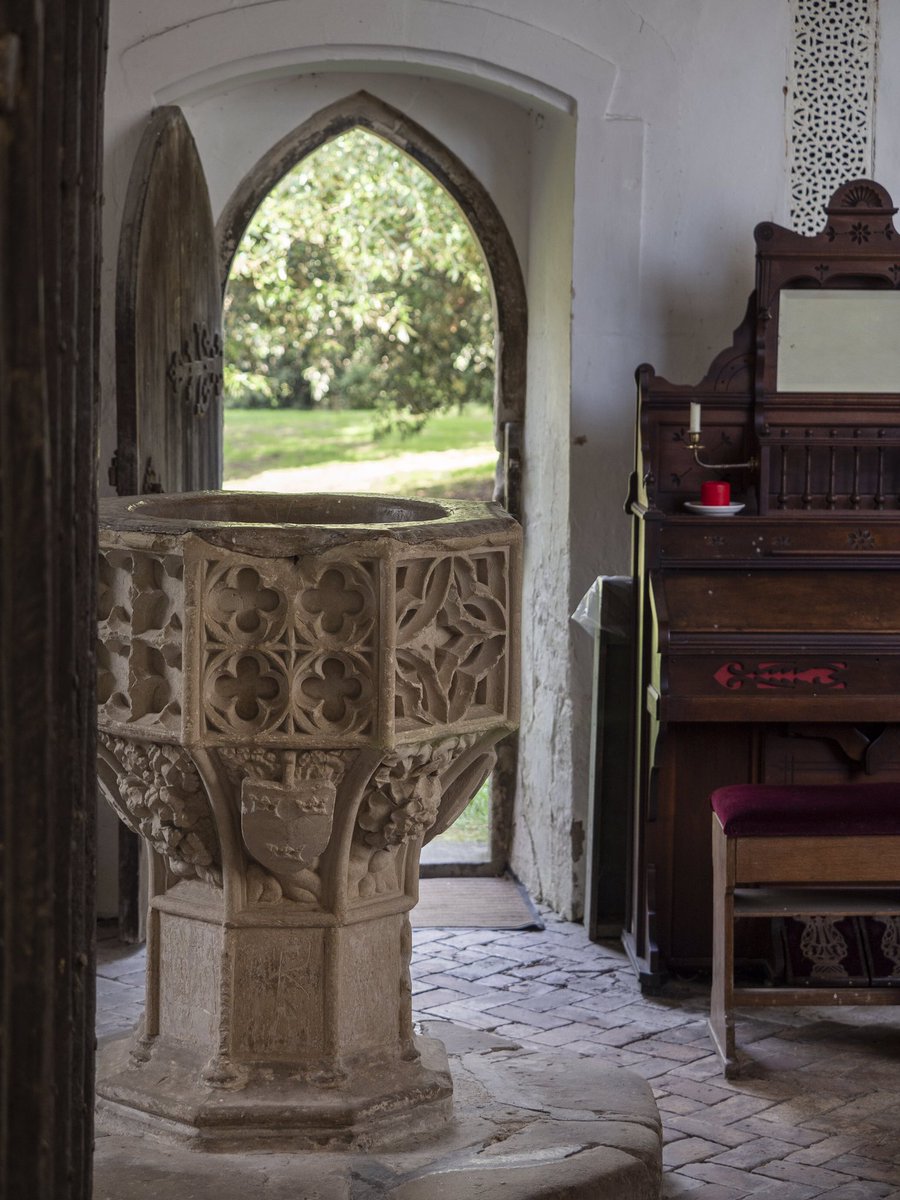
One might expect such expense and splendour in a church of a well-endowed village… but St Mary Magdalene’s has just a manor house and six labourers’ cottages for company. Up until the 1980s, there were also two massive medieval barns nearby… but these were demolished.
4/7
4/7
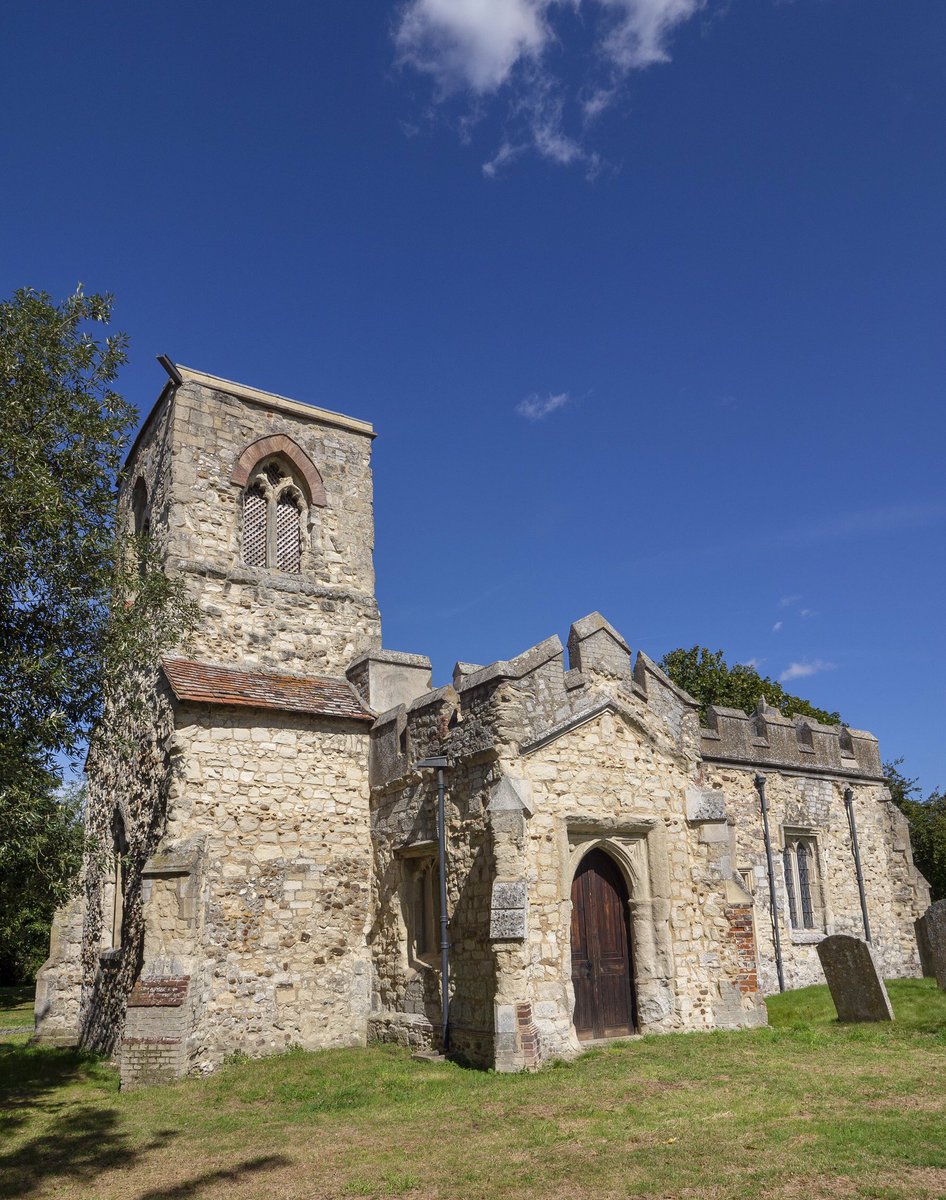
In 1973, the Deserted Medieval Village Research Group excavated Caldecote village before the site was levelled and ploughed. They recovered a Bronze Age beaker burial and Iron Age and Roman pottery, earning Caldecote village a place in prehistoric England.
5/7
5/7
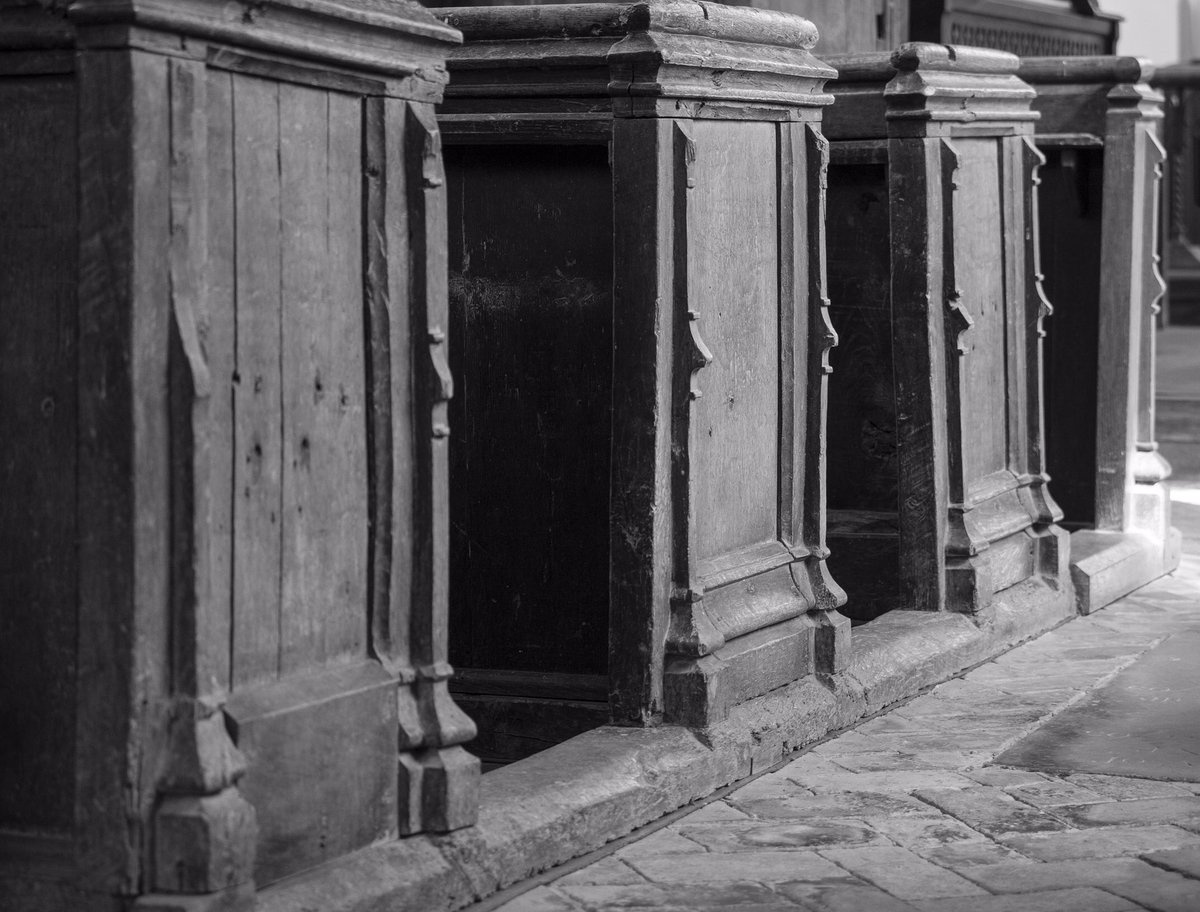
The most common case for the desertion of medieval villages is death, depopulation and harvest failure from the Black Death. The population of Caldecote declined heavily in the mid-14th century. By 1428, there were less than ten householders in the village.
6/7
6/7
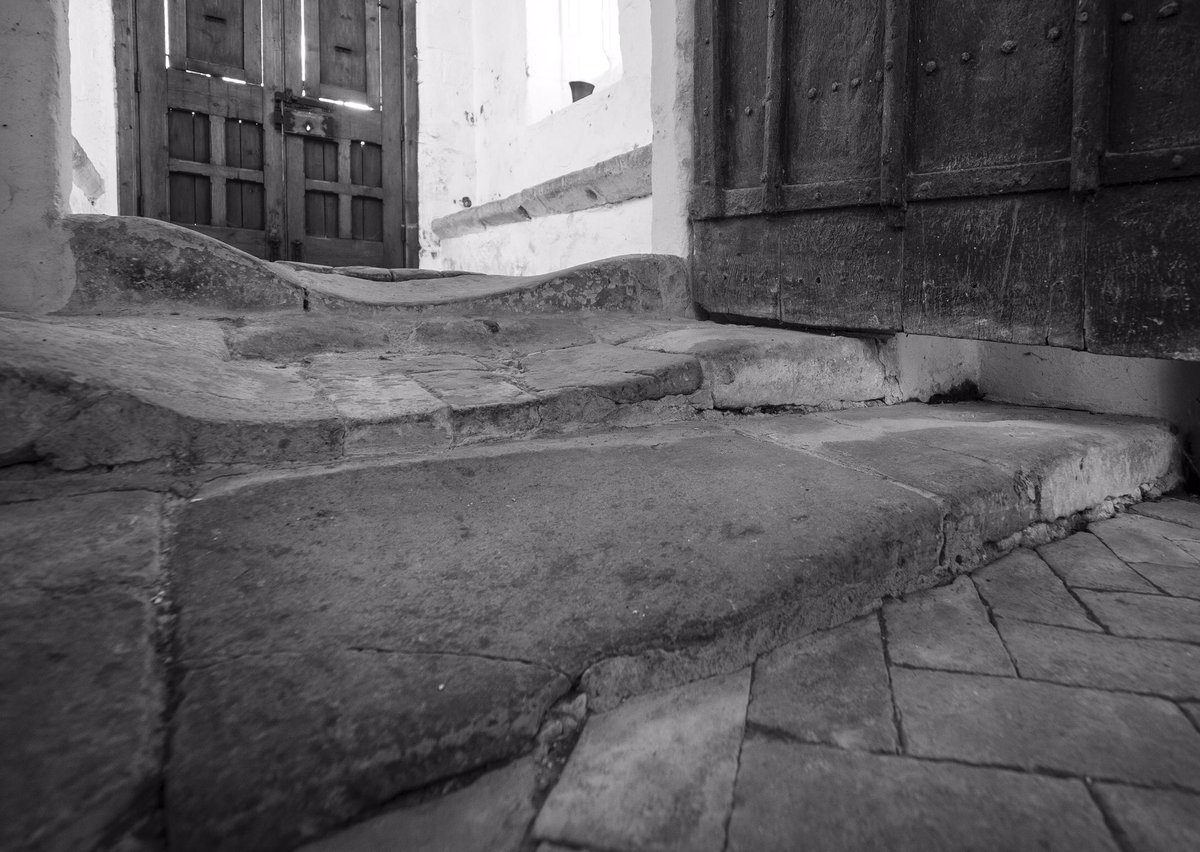
The village limped on until the end of the sixteenth century when it was all but abandoned...
Read more: friendsoffriendlesschurches.org.uk/caldecote/
All photos @badger_beard
(Thank you, Badge!)
7/7
Read more: friendsoffriendlesschurches.org.uk/caldecote/
All photos @badger_beard
(Thank you, Badge!)
7/7
• • •
Missing some Tweet in this thread? You can try to
force a refresh


